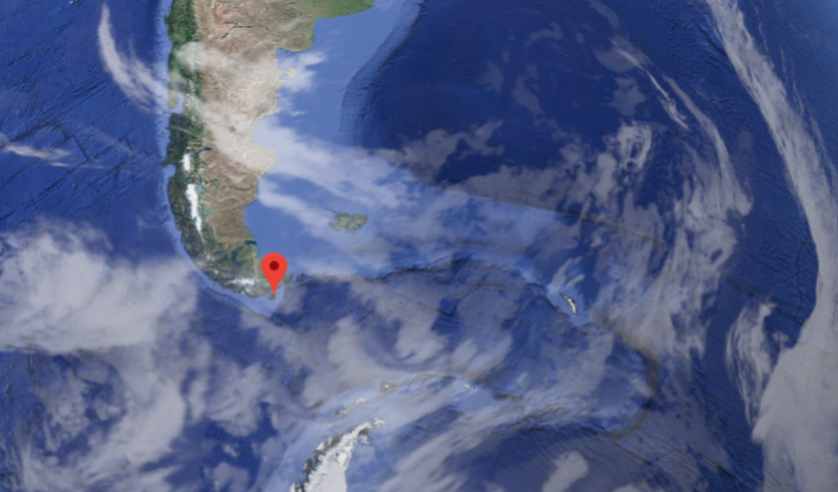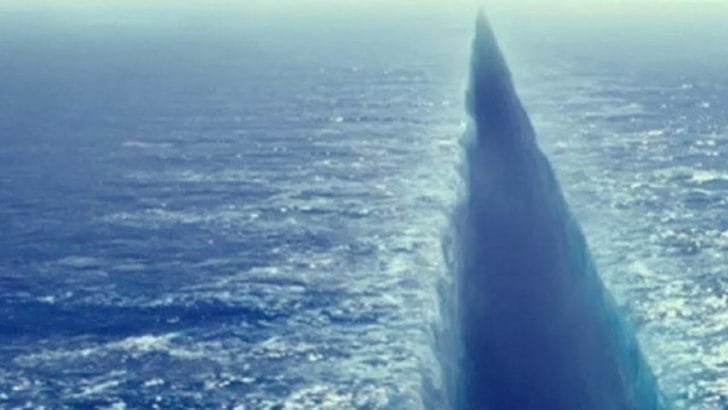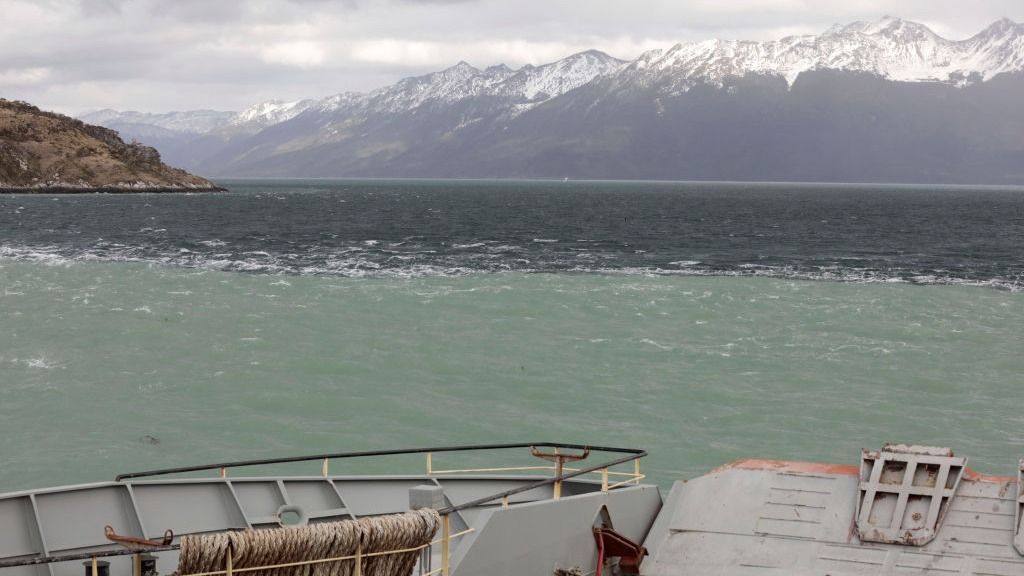Why Doesnt The Atlantic And Pacific Ocean Mix

Ever stood at the beach, staring out at the seemingly endless ocean, and wondered: why doesn't the Atlantic just waltz right over and mingle with the Pacific? It sounds like the ultimate ocean party, right? Two massive bodies of water, crashing together in a glorious, foamy celebration!
Well, hold your seahorses! The reality is a tad more complicated than a beach bash. Think of it like this: you've got two incredibly popular kids in school, each with their own distinct clique and preferred hangout spots. They might occasionally cross paths in the hallway, but a full-on merging of friend groups? Not so much.
The Panama Canal: A Narrow Gate
First, let's talk geography. The main reason the Atlantic and Pacific don't become one mega-ocean is because of the Isthmus of Panama. This isthmus is a narrow strip of land connecting North and South America. The strip keeps the two oceans separated.
Think of it as a very persistent bouncer at the world's biggest ocean club. It stands guard, preventing the Atlantic and Pacific from getting *too* friendly. Of course, there *is* a workaround.
That workaround is the Panama Canal! Ships use the canal to traverse this narrow part of the world. The canal is like a little water slide connecting two massive pools.
But Wait, There's More!
But even if the Panama Canal was a giant open channel, wide enough for cruise ships to do synchronized swimming routines, the oceans wouldn't completely mix. Why not? Because they're like different flavors of ocean juice!
Salinity, density, and temperature all play a role in keeping these watery worlds distinct. Imagine trying to mix a super sugary soda with plain water - they might blend a little, but you'll still taste the difference.
The Atlantic, for example, tends to be saltier than the Pacific. This is due to differences in evaporation and river runoff. More evaporation means more salt is left behind. It is the same as boiling water in a pot until only salt remains.
Density is another key player. Colder water is denser than warmer water, and saltier water is denser than less salty water. These density differences act like invisible barriers, preventing complete mixing. It is as if you try to mix oil and water.
Temperature also matters! The oceans absorb and distribute heat differently depending on their location and currents. Think of the Gulf Stream, which carries warm water up the Atlantic coast of North America, influencing the weather in Europe. No Pacific ocean there!
Ocean Currents: The Global Conveyor Belt
And let's not forget about those powerful ocean currents! These currents are like giant underwater rivers, constantly circulating water around the globe. They play a crucial role in regulating temperature and distributing nutrients.
These currents tend to keep the waters of the Atlantic and Pacific somewhat segregated. It is similar to having a dedicated highway system for each ocean.
So, while there's some exchange of water between the Atlantic and Pacific, they remain distinct oceans, each with its own unique characteristics. They are separate, like two very large and important neighbors.
In conclusion, the Panama isthmus, differences in salinity, density, and temperature, and the powerful influence of ocean currents all contribute to keeping the Atlantic and Pacific oceans from becoming one big, unified "Ocean Prime." And honestly, maybe that's a good thing! Two oceans mean twice the exploration, twice the marine life, and twice the opportunity for amazing beach vacations. High five to that!
So next time you are near the ocean, you will think about the amazing forces at play, keeping our oceans diverse and unique. Now that is something to think about!





